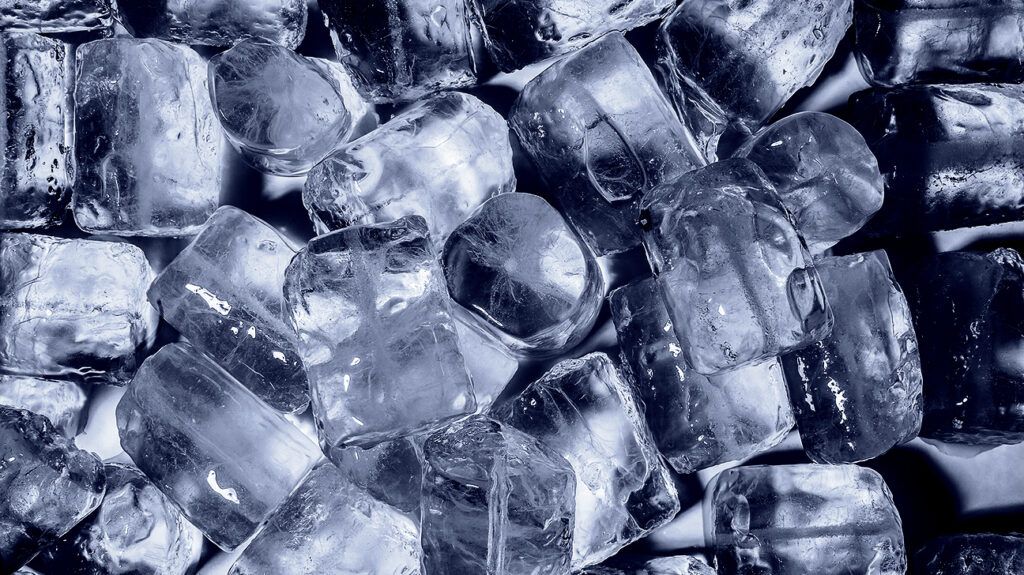Some weird signs of iron deficiency include developing a craving for ice or clay, an overwhelming urge to move the legs, and hair loss. However, iron deficiency can cause a range of symptoms.
Iron deficiency describes when a person does not have enough iron in their body.
When iron levels drop to a very low level or are depleted, the body stops producing hemoglobin. When this happens, red blood cells cannot deliver the oxygen necessary to keep cells working at an optimal level.
Critically low levels of hemoglobin or iron can be fatal, especially if a person already has an underlying health condition. However, doctors can recommend a variety of treatments for iron deficiency.
This article explores iron deficiency in more detail, including five weird symptoms of the condition, other signs, and potential complications. It also discusses who may be most at risk of iron deficiency and treatments for the condition.
A note about sex and gender
Sex and gender exist on spectrums. This article will use the terms “male,” “female,” or both to refer to sex assigned at birth. Click here to learn more.

This section explores five
1. Swollen tongue
When iron levels are extremely low, a person
All of these symptoms are indicative of glossitis or tongue inflammation.
2. Pica
Pica is a condition in which a person craves substances with low nutritional value, such as clay, soil, and paper.
When a person has low iron levels, they
3. Restless legs syndrome
People with low iron levels can develop restless legs syndrome (RLS). Symptoms typically come on at night and include an overwhelming urge to move the legs. People with RLS often do not sleep very well because they experience broken sleep.
A 2019 review observed that iron therapy
4. Hair loss
Iron deficiency may lead to alopecia, which is the medical term for hair loss.
In a small 2023 study, iron deficiency accounted for
For a doctor to diagnose a lack of iron as the main cause of alopecia, they must conduct a thorough medical history, as female alopecia can have many causes, including thyroid disorders, connective tissue disease, and hormone dysregulation.
5. Whooshing in ears
According to the United Kingdom’s National Health Service (NHS), one less common symptom of iron deficiency is tinnitus.
People with tinnitus
In addition to the five weird symptoms in the previous section, a person with iron deficiency may present with:
- a paler skin tone than usual
- unexplained tiredness or fatigue
- brittle nails
- shortness of breath when engaging in everyday activities, such as walking
- unexplained weakness
- a rapid heart rate
- headaches when engaging in physical activity
- chest pain that gets worse with physical activity
If a person does not receive treatment for iron deficiency, they
For example, iron deficiency can harm the heart because it has to work harder to deliver oxygen throughout the body. It may also cause problems during pregnancy.
Therefore, people should contact a doctor if they think they may have iron deficiency.
Iron deficiency tends to be more common in females and individuals who consume a low amount of iron in their diet.
Generally, though, a person is at risk of iron deficiency if they:
- experience heavy menstruation
- have undergone major abdominal surgery
- are pregnant or have recently given birth
- have undergone gastric bypass surgery or similar bariatric procedures
- have a peptic ulcer
- have a gastrointestinal disease, such as celiac disease or inflammatory bowel disease
- follow a diet low in iron-rich foods, such as a vegetarian or vegan diet
Children who drink more than 16 to 24 ounces of cow’s milk per day are also more at risk of developing the condition.
There are several treatments that doctors prescribe for iron deficiency. These
- Iron supplements: Iron supplements increase the amount of iron in the body and are the most common type of treatment. It can take 3 to 6 months for iron levels to reach a healthy level after supplementation. People should consider speaking with a doctor before taking any supplements.
- Intravenous (IV) iron: This treatment directly puts iron into the blood and can replenish iron levels within one or a few sessions. IV iron tends to be more suitable for people with severe iron deficiency anemia or a long-term health condition that stops the body from absorbing iron.
- Medications: Erythropoiesis stimulating agents (ESAs) cause the bone marrow to produce more red blood cells. People with iron deficiency anemia alongside another chronic condition typically receive this treatment.
- Blood transfusions: Blood transfusions can rapidly increase the amount of red blood cells in the bloodstream and treat severe iron deficiency anemia.
- Surgery: A person may receive surgery to stop internal bleeding, which can cause iron deficiency as a result of blood loss.
Five weird symptoms of iron deficiency include a swollen tongue, pica, restless legs syndrome, hair loss, and tinnitus. However, iron deficiency can cause a range of symptoms, such as fatigue, pale skin, and brittle nails.
Treatment for iron may involve taking iron supplements, receiving IV iron, or taking ESAs.
Iron deficiency can cause serious health problems if left untreated, so a person should speak with a healthcare professional if they notice any symptoms.
